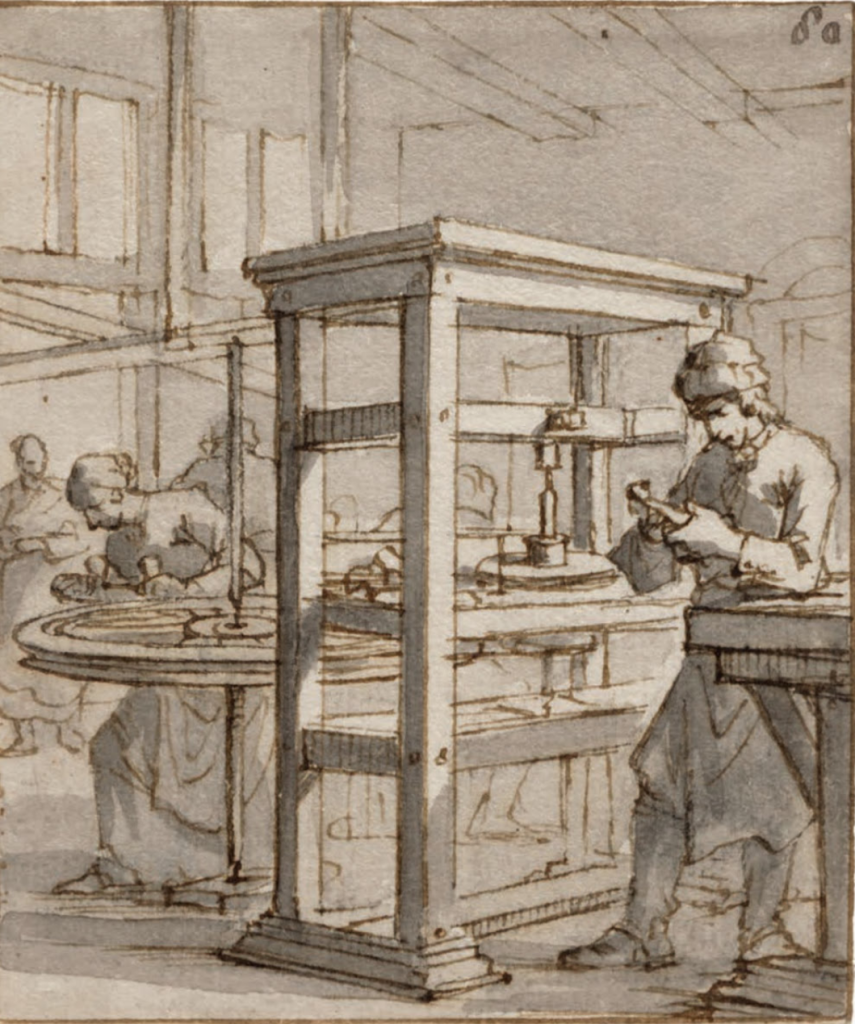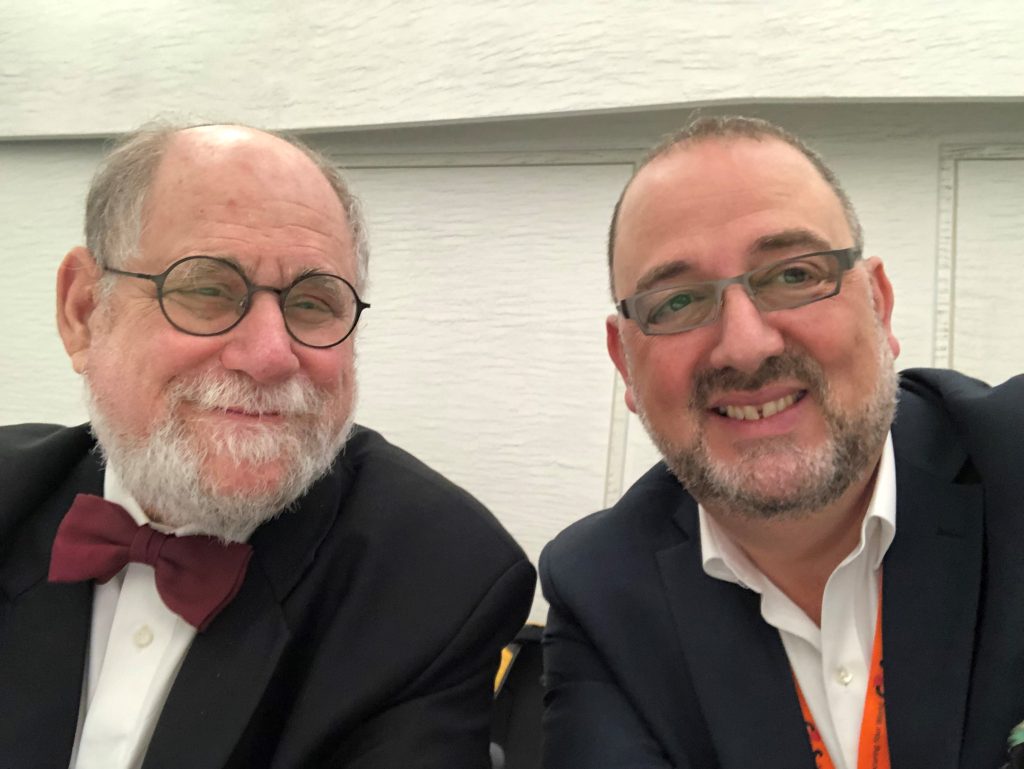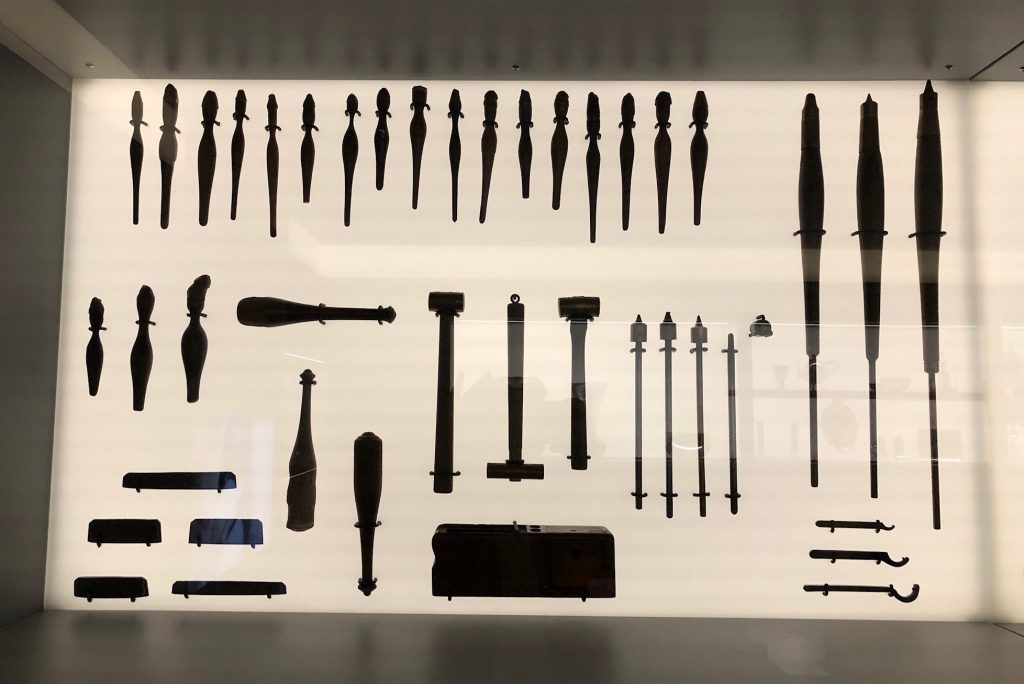Historically, the flow of diamonds was a very structured and managed supply chain.

De Beers controlled the rough diamond market. They would sell these goods to what were commonly known as sightholders. These sightholders were carefully chosen diamond manufacturers, who often had to work through a panel of brokers. These were the factories where the rough diamonds were analysed, cut and polished. The rough diamonds that the sightholder felt didn’t fit their market segment would be sold to smaller diamond factories that lacked the capital to become sightholders and couldn’t pass the stringent selection process.
Diamond wholesalers from around the worldwould visit diamond centres like those in Antwerp, Israel and New York. They would purchase the goods they needed that were appropriate for their market. Down the line, local diamond dealers would supply the polished diamonds needed by jewellery manufacturers. The jewellery manufacturer would then produce its diamond jewellery range and sell this to a jewellery retailer. Back then, there were only stores, and rarely would anyone deal directly with a manufacturing jeweller or upstairs showroom.
A retailer could never go and buy diamonds directly from these diamond centres. It was unthinkable.
Under the auspices of the World Federationof Diamond Bourses (WFDB), diamond clubswere formed all over the world so that diamond wholesalers could travel to these different centres to find the goods they needed. One of the key benefits of being a member was that you subscribed to the club rules, which meant that you guaranteed you had the funds to pay for your purchases. A strictrule existed and still does in major clubs. If yougave “Mazal”, a term that meant good luck, you verbally sealed a deal, and your word was your bond. Breaking Mazal could bring you in front ofan arbitration panel, made up of your peers, like a diamond court, and they are still very much used today. If the dispute was not resolved in your favour, you could be expelled, and your name and photo would be sent to every club in the world and posted on a notice board that you are not someone to do business with. These Bourses and clubs would often reside in central locations for security and facilitation of exporting goods around the world.The WFDB was responsible for the midmarket, meaning facilitating mainly polished goods.Another organisation, the International Diamond Manufacturers Association (IDMA), wasresponsible for the trade in rough.
Without going into too much detail, and admittedly I am simplifying the story, a major change occurred when De Beers’ unique position was unsustainable. Manufacturing and polishing of diamonds shiftedto India, and like in all industries, significant disruption began.
A perfect example is Dubai. Yes, there are still major diamond centres around the world, but in the buying and selling of rough diamonds, Dubai has become one of the world centres. In just 20 years, the DMCC became the fastest growing diamond complex in the world, specialising in the trading of rough.
Israel, a major diamond cutting centre in the 80s, had to re-invent itself and become a major centre of polished goods. In addition, a company known as Sarine produced the incredible technology used by most diamond polishers today, enabling diamond cutters to use lasers to identify, map, plot, cut and polish diamonds to maximise their yield and value. Sarine has produced the technology and AI to back it, which can grade white diamonds on all aspects, including colour and clarity, an achievement never attained before.
Today, India is head and shoulders above any other country in its phenomenal manufacturing capacity. Today, it is estimated that nine out of ten diamonds are polished in India.
Antwerp has recognised that it has lost its mantleof being the centre of the diamond world, and is going through a process of working out how to re-invent itself. The diamond trade began in this city, and I have personally seen the books describing diamonds being traded in Antwerp 500 years ago.

Like other industries, the introduction of the internet changed everything.
No longer was the supply chain described above mandatory. Not only could jewellery manufacturers go directly to diamond manufacturers, but they could reach out to retailers, bypassing traditional supply chains and selling directly to them.
So today, a diamond jewellery retailer has many options. They can browse international trading platforms, shift through excel spreadsheetsof goods sitting overseas, access major manufacturers’ private websites and attend trade shows. There are no limits.
So, why would you buy from a local diamond dealer?
There are the obvious reasons. They carry the stock on hand, will often give you goods on consignment, have access to a bigger selection of suppliers than you do, and the technology to make it easy for you to purchase such goods.
All this is obvious. So, what sits above all of this?
Approximately four years ago, I was sitting in Israel next to Martin Rapaport, discussing the future ofthe small diamond dealer. I must admit, in my eyes,I couldn’t see how they would survive. I mean, what was their unique selling proposition and how could they compete on price? I truly saw doom and gloom. Martin looked at me and said –
“Never underestimate a great and long-standing relationship. It is the “Neshama” (a Hebrew word meaning “Soul”) of the diamond trade.”
Your local diamond dealer is aware of your access to goods, but they have years of experience understanding the sort of merchandise that sells in your market. Your success is their success, and building a deep, mutually respectful relationship means that when you need help, they will be there for you. They will share with you their contacts and find you goods you wouldn’t know where to start looking for. One thing I can guarantee is that it is in the very DNA of every diamond dealer to happily negotiate prices if you are prepared to pay punctually or as agreed.
I am really pleased to tell you that many of the Australian dealers I have recently spoken to have had a massive growth spurt. They understand the changes and services needed to supply to you. Maybe they need to specialise in unique goods or carry a simple jewellery range to help you when you need that tennis bracelet tomorrow.
Whatever it is, you can build a truly mutually beneficial relationship, allowing you to focus on selling to consumers. They will focus on providing you with the goods you need at fair prices. Will they be the cheapest? I hope not.
If you want the lowest price, go and buy elsewhere, but don’t expect to get the deals, the added insights, the credit terms, and the trusting relationship that is built up over years.
My suggestion to the Australian diamond jewellery trade is to have a meal with your diamond supplier and get to know them outside the showroom or store. I am not saying you can’t or shouldn’t buy from overseas suppliers because, in reality, not everyone can carry everything. Even the biggest dealers in the world will admit this.
Building a long-standing relationship with a “soul” will make business both successful and enjoyable.

Read below for related stories: